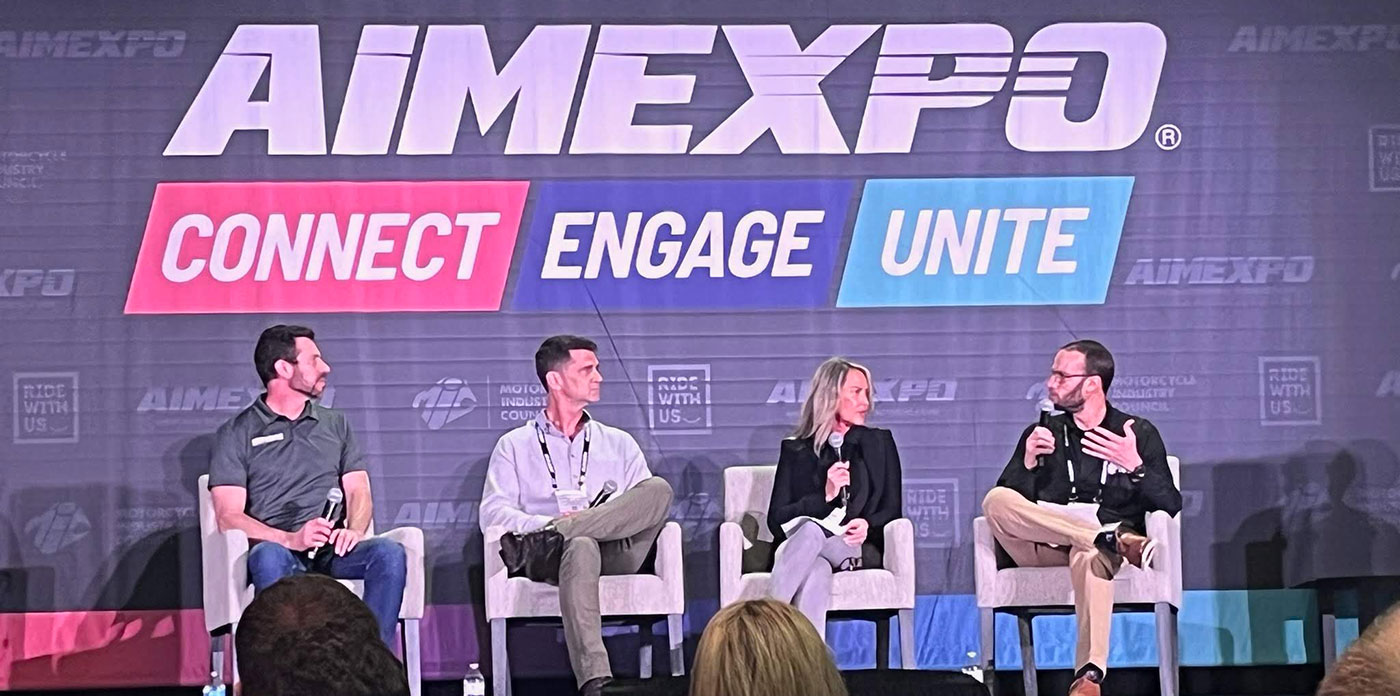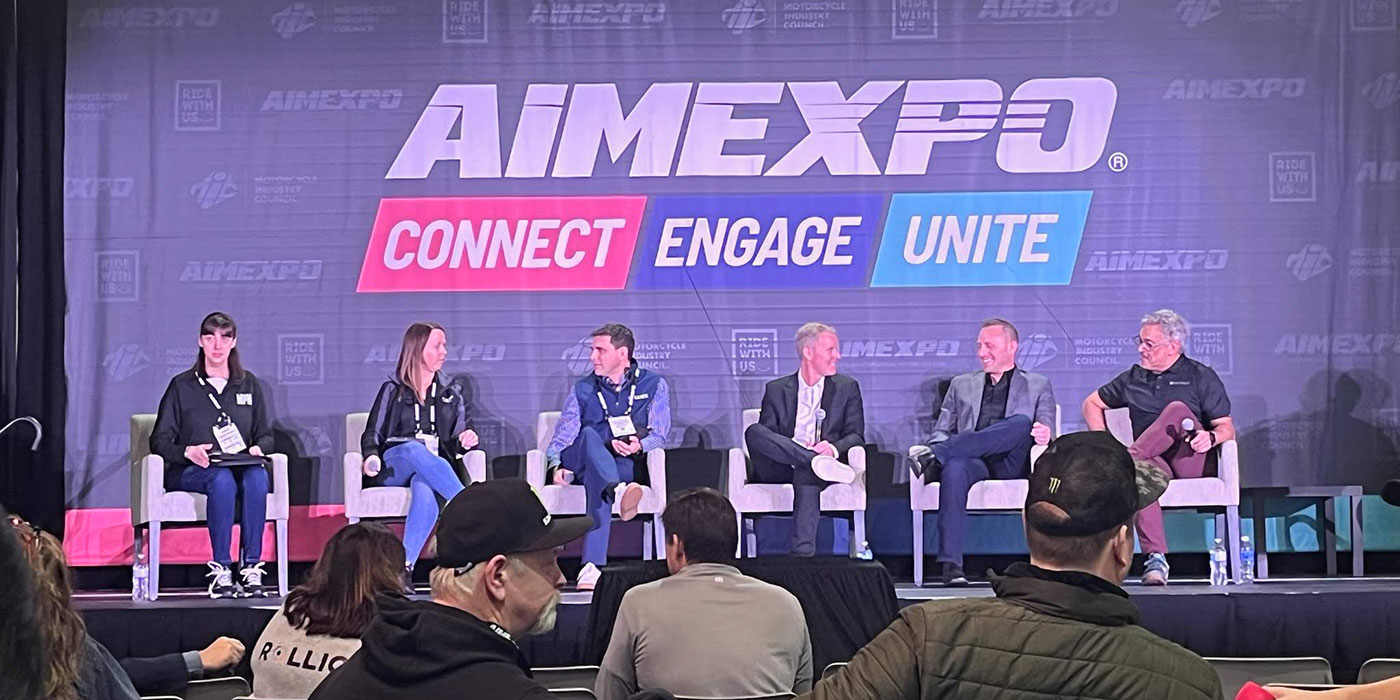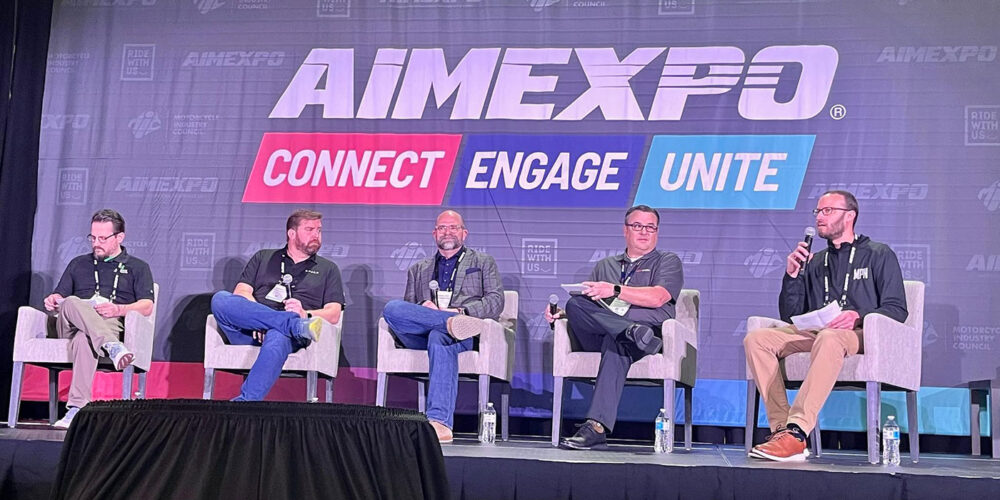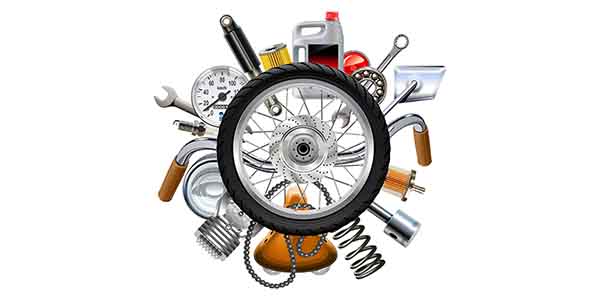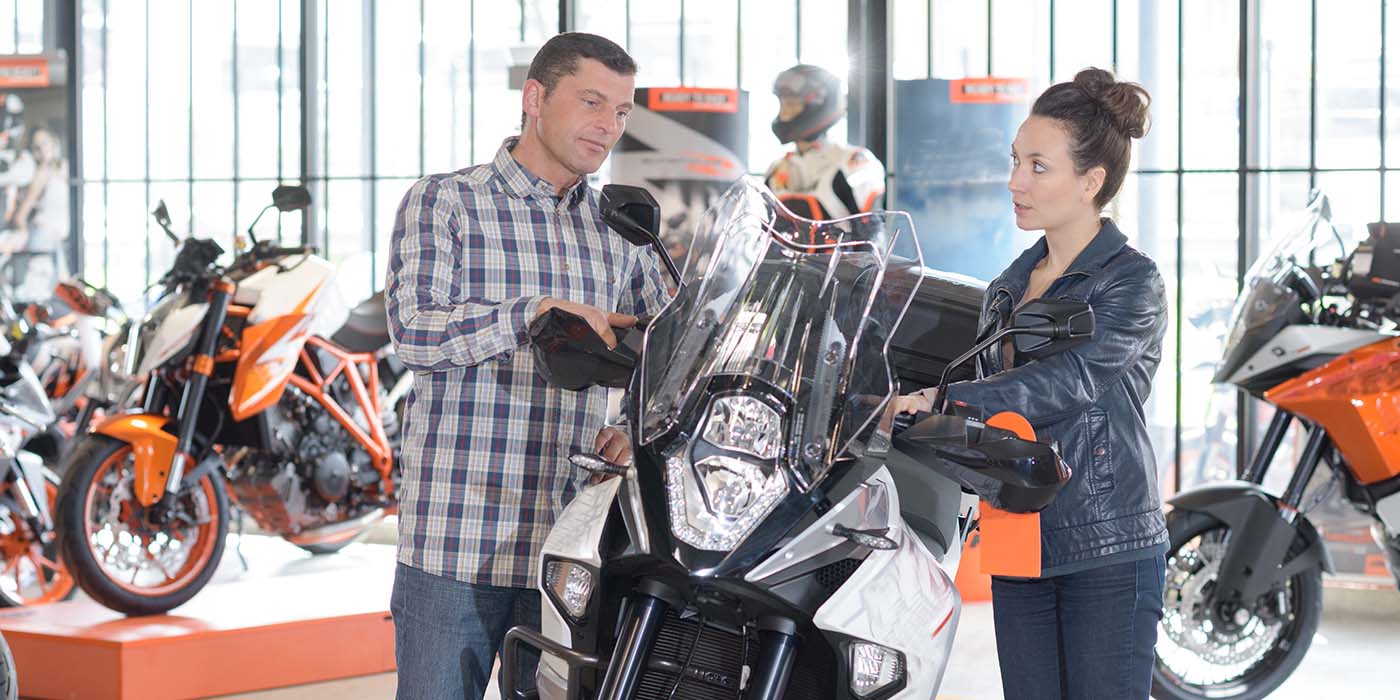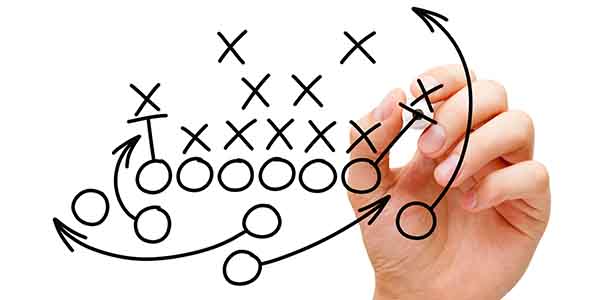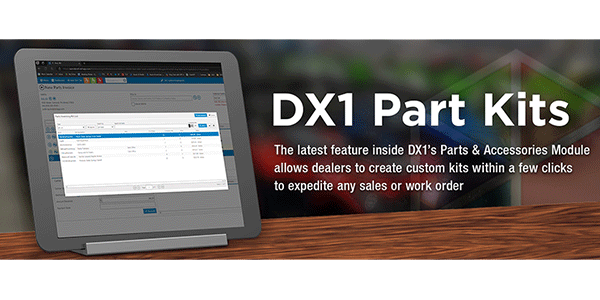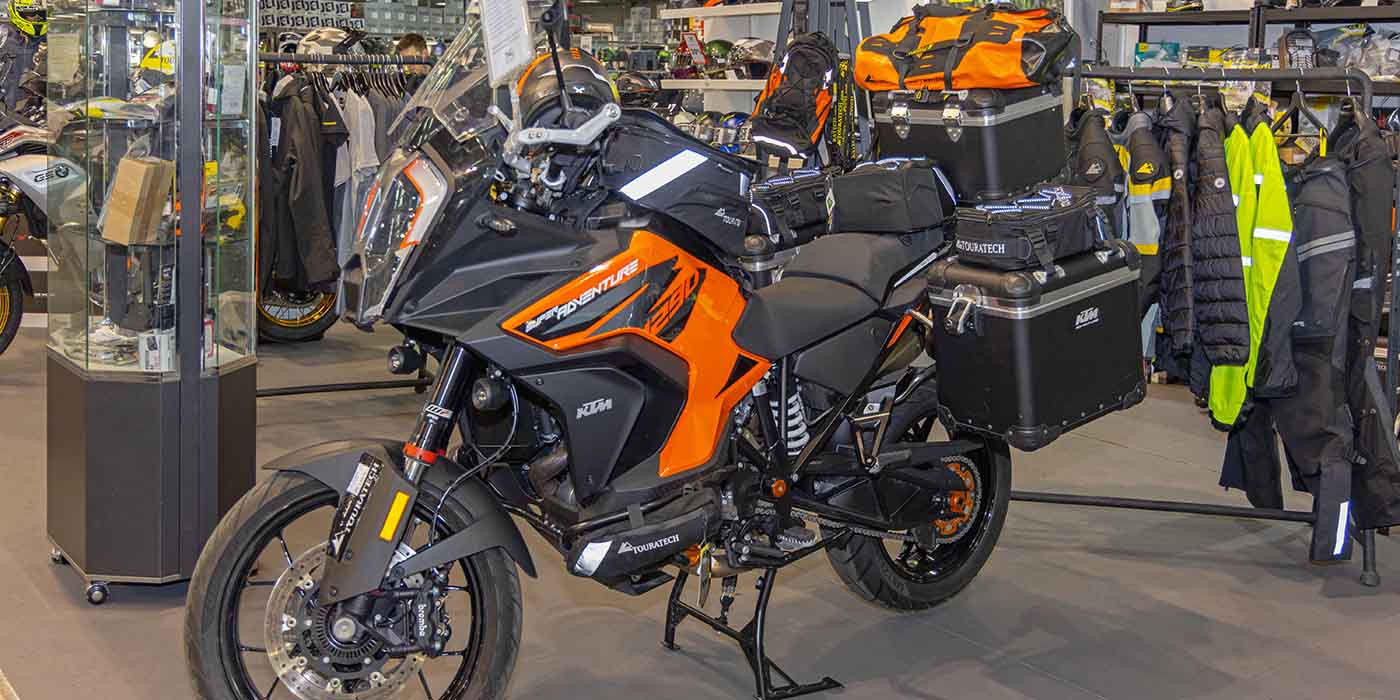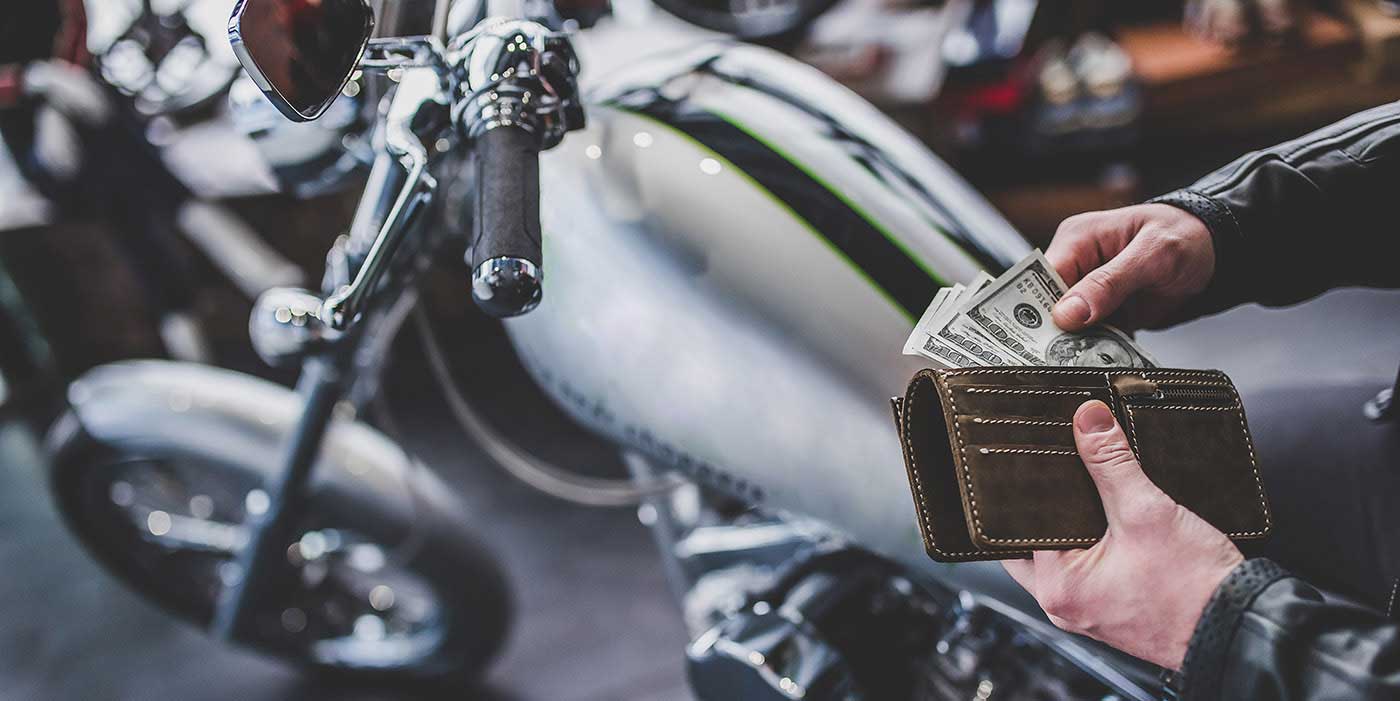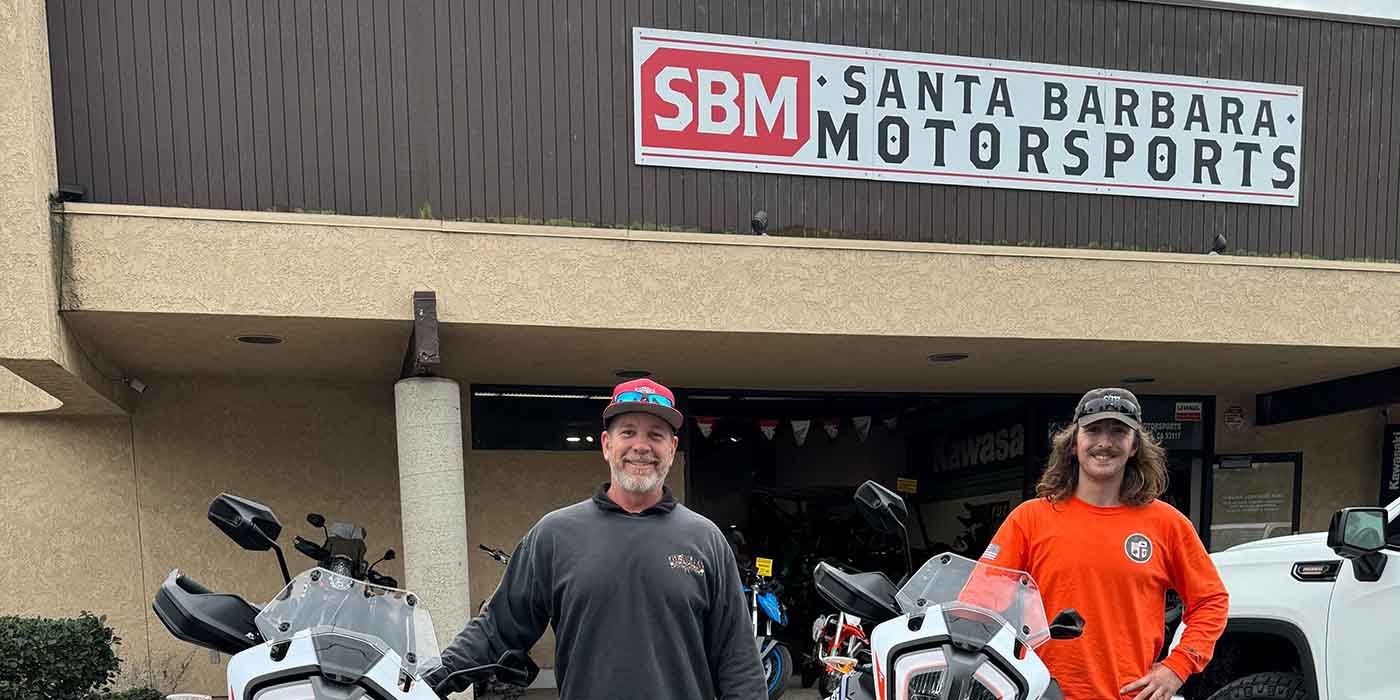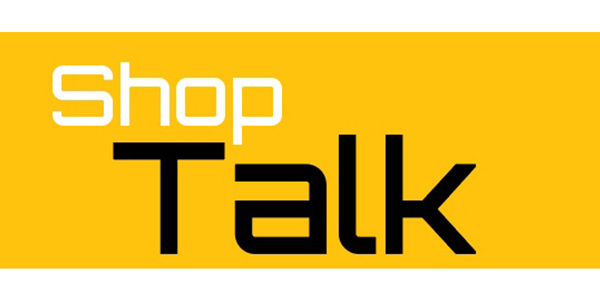
It seems that advances in technology have replaced many of the old methods of dealership operations. This is especially true in the front of the building — sales. While speed and accuracy can certainly improve performance, it can also lead to missing opportunities. I see two practices that are all but extinct that could add anywhere from a couple to a bunch of extra deals every month.
The first involves F&I. I call it “Deal Resurrection Day.” This is a case where multiple heads are better than one. At your sales meetings, F&I should pull all the deals that didn’t get delivered (not just the finance turn-downs) and toss them out to the staff. With each person looking at deals from their own personal perspective, there may be ideas or suggestions to revive the dead. Also, on the F&I turndowns, try and come up with conditions that will result in approvals, which may mean adding lenders with different criteria. Ultimately, every deal is worth one more shot.
Perhaps it will require a different unit. Maybe a higher down payment. It could be as simple as changing terms with a lender. I know that shorter terms mean higher payments, but you have a better shot at a delivery when you can say, “You’re approved,” and then tell the customer the conditions.
Simple? Yes. Easy? Definitely not. When I’m working with dealers and spending time on the floor, I get a great deal of resistance because there is a feeling from sales and F&I that I’m calling them out for not doing a great job. Just the opposite is true. Those willing to look for ways to deliver everything are far more productive than those who sit back thinking they’ve done everything possible.
My second “old school” practice is “one-on-ones.” Here is where a manager sits with each salesperson and manually reviews all previous customers. This practice produces multiple benefits. Obviously, benefit No. 1 is a second chance at delivery. That’s because the customer is not there and there is no time pressure to come up with a quick answer. You can relax and discuss what possible changes can be made in the deal to bring it together. Things like, is there more money we can get for the trade? Can we move a similar older unit at a better price? Would they consider a longer/shorter term?
One key for successful “one-on-ones” is that managers must be willing to call the customers themselves to get a real feel for what it will take to make a deal. Doing so brings up the second benefit — confidence. When your sales team sees that you are willing to call their customers to help make deals, all of a sudden, they’re asking for help. I’ve always said that the difference between an amateur and a professional is that the pros are not afraid to ask for help.
Finally, every deal the manager re-works with the sales team results in new possible ways to close deals. When you share a technique, best practice or even just double check the numbers, you are training. Training on real deals has almost double the effectiveness of classroom training. The reason is simple. This deal and the results really matter to the salesperson. So, if it works, that lesson will never be forgotten.
What about the deals that work? These are sales training golden moments that should be used to the max. At a weekly meeting, have managers select a salesperson who closed a tough deal. One that required technique, patience and best practice. For maximum impact, call the salesperson to describe the steps they took to make the deal. Ask them, in front of the team, how they were able to stick with it. Then reinforce the job by complimenting the salesperson for working with you to the very end.
To be clear, I am totally in favor of CRM marketing, using technology to schedule follow-ups to owners as well as fresh customers in the showroom. But until we are all replaced by machines and technology, the human mind is a valuable asset that is currently being underutilized in dealerships across the country. I’m for the internet, dealer websites and the like, but, as long as there are humans involved, I’d suggest working with them to get those extra few deals that take a good month and turn it into a great month.
John Fuhrman is the senior trainer and agent at Performance Road Agency. He services dealers with F&I products and sales training in Maine, New Hampshire and Vermont, but also consults with dealers nationwide. Contact him at [email protected] with any questions or comments.


